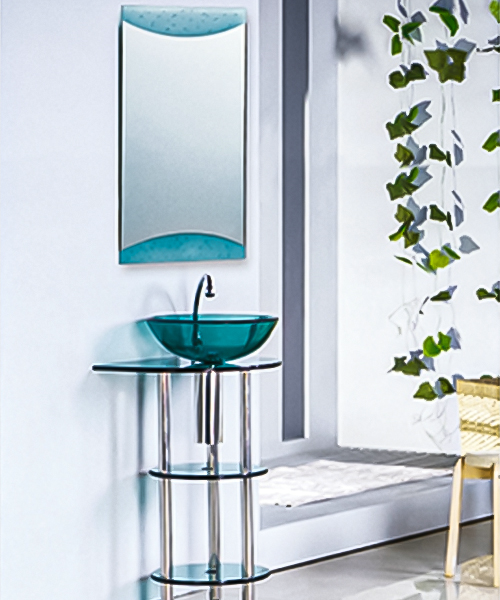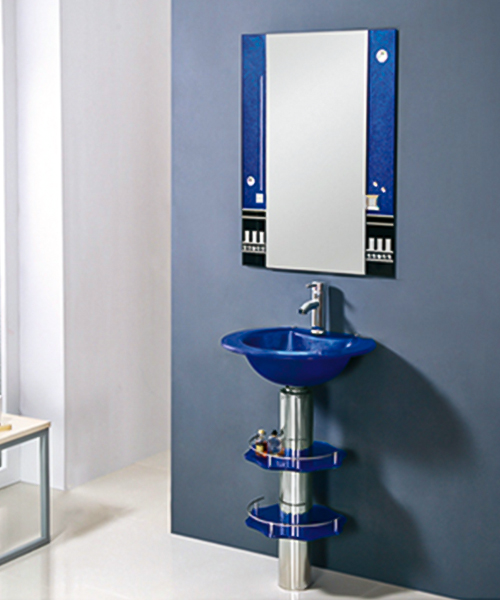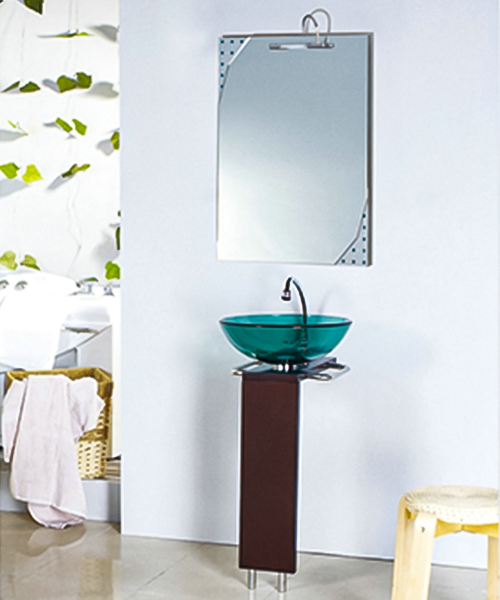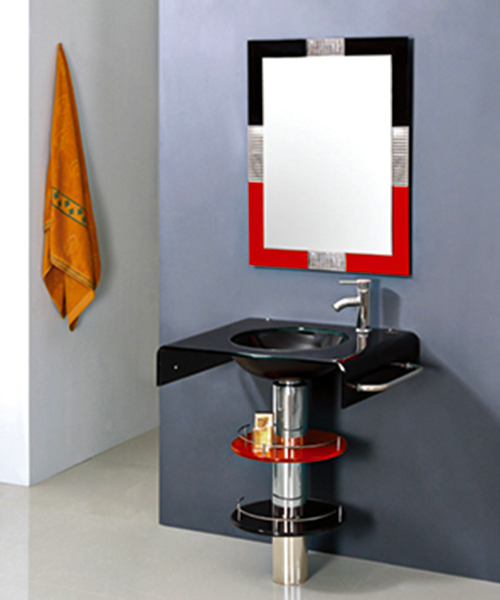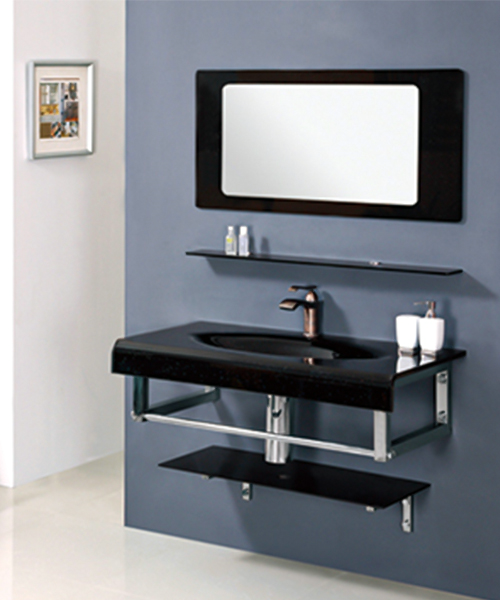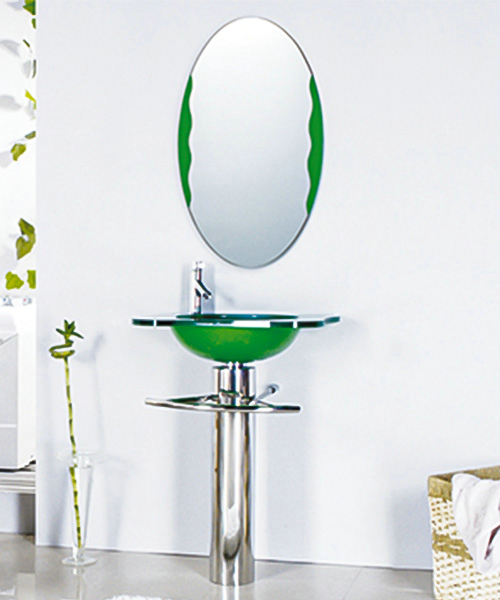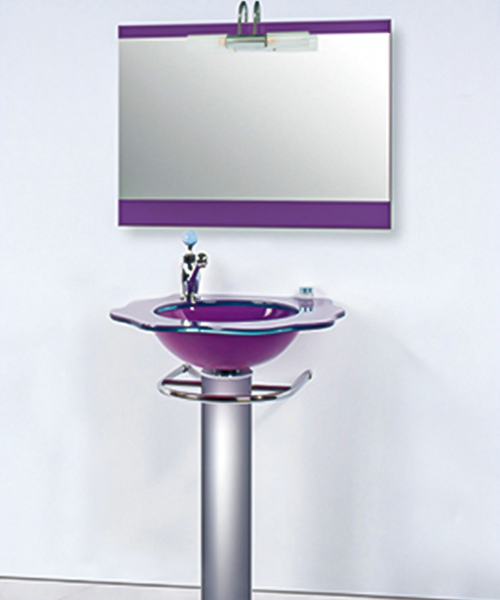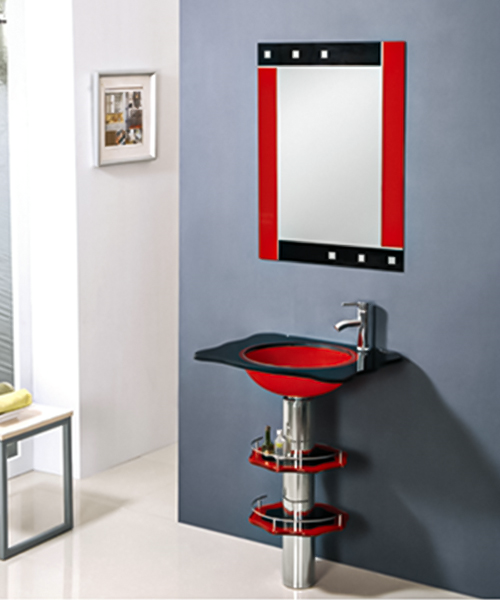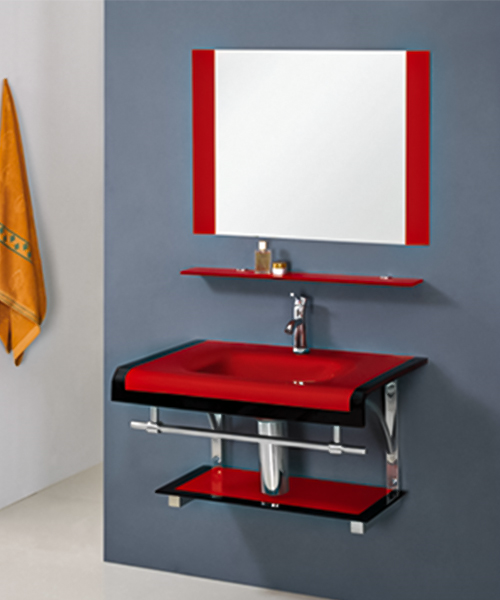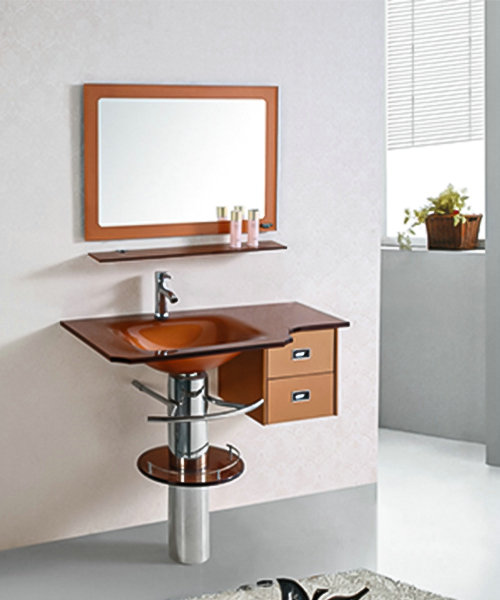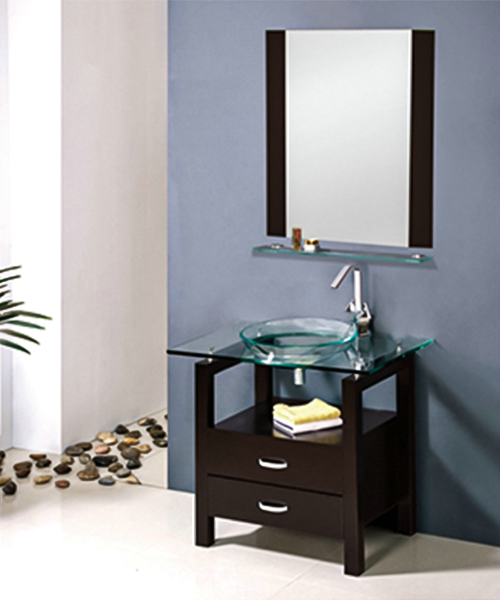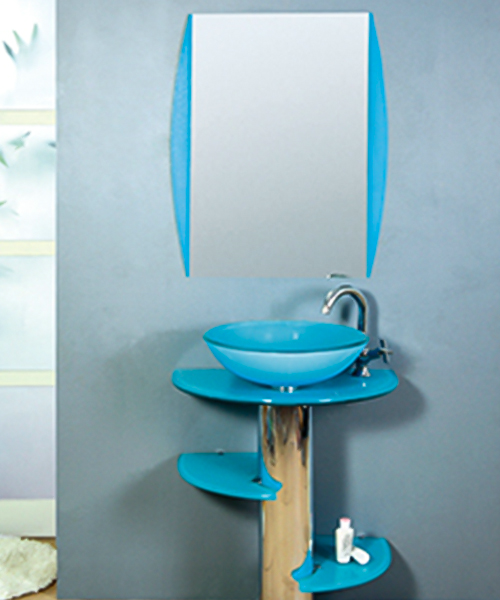Installing a wall mirror with a shelf can significantly enhance the look and functionality of your space, but ensuring a smooth, secure installation without causing damage to your walls requires some careful planning and the right tools. Whether you’re adding a decorative element or maximizing storage, the installation process needs to be both safe and effective. The first key to a successful installation is choosing the appropriate wall mounting hardware. It’s essential to select the right screws, anchors, and brackets that are designed for the type of wall you have—drywall, brick, or concrete. For lighter mirrors, you may be able to use adhesive strips or mounting tapes, which can provide a non-invasive way to secure the mirror. However, if the mirror is large and heavy, it’s best to use screws and anchors that will ensure a firm hold. Heavy-duty anchors, especially for drywall, are essential for holding the weight of the mirror and preventing it from falling. It’s crucial to verify that the hardware is rated for the weight of your mirror to avoid any mishaps.
Once you have your hardware, the next step is locating the studs in your wall. This is where a stud finder becomes an invaluable tool. Studs are the wooden or metal beams behind the drywall that provide structural support for anything you mount on the wall. By finding these studs, you can anchor the mirror directly into a solid surface, ensuring that the mirror stays securely in place over time. If you can't align your mirror with the studs, you’ll need to use wall anchors, which expand inside the wall to hold screws securely, preventing the mirror from pulling away from the surface.
When you're ready to mount the mirror, it's crucial to take accurate measurements to ensure that everything lines up correctly. This step is essential to avoid drilling multiple holes in your wall, which could cause unnecessary damage. Use a measuring tape to determine the precise location where you want the mirror to hang, then mark the spots with a pencil or masking tape. Double-check your measurements, ensuring that the marks are level and aligned. If the mirror has a shelf, take into account the space it will occupy and make sure there’s enough room for both the mirror and the shelf to be placed at the correct height.
Before drilling any holes, it’s a good idea to pre-drill pilot holes into the wall. These small, shallow holes act as guides for your screws or anchors, helping to prevent the wall material from cracking or splintering. It also makes it easier to insert the screws without too much force, reducing the risk of damaging the surface. Make sure that the drill bit you use is slightly smaller than the anchors or screws you’ll be inserting to achieve a snug fit.
Once your pilot holes are drilled, use a level to check that your mirror and shelf are perfectly aligned before securing them in place. This is a critical step, as an uneven mirror can look unprofessional and cause unnecessary stress on the mounting hardware, potentially leading to future instability. Using a level ensures that the mirror hangs straight, which not only enhances the aesthetics of the room but also helps distribute the weight evenly across the anchors or screws. The level is especially important when you’re installing a shelf, as any tilt can cause the shelf to be unstable and possibly even lead to the mirror and shelf falling over time.
Another important consideration when installing a wall mirror with a shelf is the placement of the shelf itself. The weight of the items you intend to place on the shelf should be taken into account to avoid overloading the mirror. It’s important to follow the manufacturer’s instructions regarding weight limits for the shelf to ensure that it can safely hold items without damaging the wall or mirror. Additionally, avoid placing excessively heavy items on the shelf, as this can cause undue stress on the installation and the wall itself. When placing objects on the shelf, start with lighter items and gradually increase the load to ensure that the mirror remains stable.

 English
English Español
Español عربى
عربى